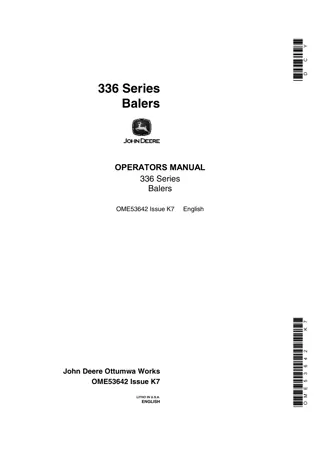
Regional Powers and Greek Influence in Ancient India
Explore the dissolution of empires, the emergence of regional powers, and the significance of Greek rule in ancient India after the Mauryan period. Learn about the Sunga dynasty and the cultural interactions between Greeks and Indians. Delve into the historical accounts of various ruling dynasties and their impact on the Indian subcontinent.
Download Presentation

Please find below an Image/Link to download the presentation.
The content on the website is provided AS IS for your information and personal use only. It may not be sold, licensed, or shared on other websites without obtaining consent from the author. If you encounter any issues during the download, it is possible that the publisher has removed the file from their server.
You are allowed to download the files provided on this website for personal or commercial use, subject to the condition that they are used lawfully. All files are the property of their respective owners.
The content on the website is provided AS IS for your information and personal use only. It may not be sold, licensed, or shared on other websites without obtaining consent from the author.
E N D
Presentation Transcript
BAJKUL MILANI MAHAVIDYALAYA SACT SACT- -||, ||, DEPARTMENT OF HISTORY(UG&PG) DEPARTMENT OF HISTORY(UG&PG) PRESENTED BY: PRESENTED BY:- - SANATAN DAS SANATAN DAS
Dissolution of Empire and Emergence of Regional Powers The period which began in about 200 BCE did not witness a large empire like that of the Maurya's, but was able for intimate and widespread contacts between central Asia and India. In Eastern India, central India and the Deccan, the Maurya's were succeeded by a number of native rulers such as the Shun gas, the Knaves and the Saravanan's. In North-West region of India, the most famous empires like the Kushan as, Sakas and Parthians were ruled for centuries.
Regional Powers The Post-Mauryan period saw the blooming of many regional powers. The following are the detailed accounts of each regime/dynasty Ruling Dynasties They are broadly categorised into two Foreign Ruling Dynasties Indigenous Ruling Dynasties
Importance of Greek Rule According to Dr JN Banerjee, the second Greek conquest was more important for India than that of Alexander, because the cultural contact between the Greeks and the Indians reacted upon each other for nearly two centuries, which resulted in a new people called the Indo-Greeks. The Greek ambassador Heliodor us became a worshipper of Vishnu and erected the Garuda column at Besnagar in honour of Lord Bhagavata. Havel observes "The tendency of the Indo-Greeks to become Handguides was more common than the Indian people to become Hellenised The Indian philosophy of ahimsa and asceticism expressed itself in what is called Neo-Platonism of the 3rd century AD.
The Sunga's (185-73 BCE) The immediate heirs of what remained of the Mauryan Empire were the Sunga's, a Brahmana family of obscure origin. Pushy Mitra, the founder of the Sunga dynasty belonged to the family of Purohit a of the Maurya's and taken advantage of the political weakness of the Maurya's, he usurped the throne by killing the last Maurya king Brahmabrata in 185 BCE. Genealogy of the Sunga Dynasty (i) Pushy Mitra Sunga (founder of Sunga dynasty) (ii) Agni Mitra (iii) Suyyeshtha (iv) Vasu Mitra (v) Vajra Mitra (vi) Bhagavata (vii) Devabhuti (last Sunga ruler, overthrown by his Brahmin minister Vasudeva who lays the foundation of Kanva dynasty)
Importance of the Sungas The Sunga's marked an important epoch in the history of India in general and of Central India in particular. The importance Sunga period can be understand under the following heads
Genealogy of Kanva Dynasty (i) Vasudeva (founder of Kanva dynasty) (ii) Bhumi Mitra (iii) Narayana (iv) Susarman (last ruler of Kanvas defeated by the Andhra's in 27 BC)
CONCLUSION The decline of the Mauryan empire was rather rapid after the death of Ashoka. A large number of new people and states emerged out of this political chaos, dislocation rather than settlement became the order of the day. The abundant records of the Mauryan period gave place to the scantiest historical material so much so that 3rd century AD has been called one of the darkest in the whole range of Indian history."
THANK YOU




















